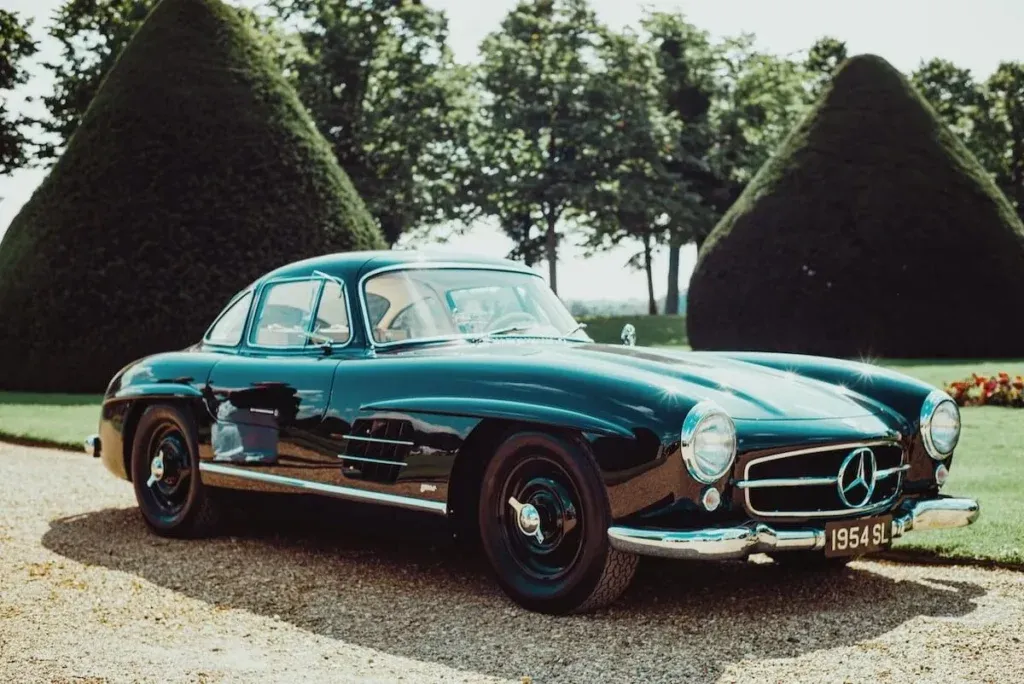Investing in cars could be a way to diversify your investment portfolio. The allure of tangible assets has always held a certain charm. Among these, cars represent a niche yet fascinating segment, often seen as the preserve of the passionate collector rather than the serious investor. However, as the market dynamics shift and traditional investment vehicles like stocks, bonds, and real estate face their own sets of challenges, the question arises: how does investing in cars compare to traditional assets? In this article, I’ll try to give you some guidance.
Understanding Traditional Investments
Traditional assets have long been the backbone of investment portfolios. Stocks offer a share in a company’s future earnings and potential growth, while bonds provide regular income with relatively lower risk. Real estate, on the other hand, combines the potential for capital appreciation with the practicality of use or rental income, albeit with higher entry costs and maintenance responsibilities.
Each of these assets carries its inherent risks and rewards, influenced by economic cycles, market sentiment, and geopolitical stability. Their performance is tracked through indices and benchmarks, offering investors a relatively transparent view of their investments’ health. Also, the availability of these traditional investments is considered to be fairly good together with a relatively transparent market (prices)
The Appeal of Investing in cars
Cars, on the other hand, occupy a unique space in the investment landscape. Unlike traditional assets, their value doesn’t solely hinge on economic indicators or market performance. Instead, it’s a complex interplay of rarity, heritage, condition, provenance, and, crucially, the emotional appeal they hold for collectors.
Investing in cars involves acquiring vehicles that not only promise an exhilarating driving experience but also the potential for significant appreciation over time. Models from marques like Ferrari, Lamborghini, McLaren, and limited-edition releases from high-end manufacturers, have shown considerable growth in value, driven by increasing demand among affluent collectors and enthusiasts.
Comparative Analysis: Cars vs. Traditional Assets
1. Volatility and Risk:
Traditional investments, particularly stocks, can be highly volatile, influenced by a myriad of factors. Cars, and especially so-called blue chip cars, might be less susceptible to market downturns. However, the market for collectable cars can also be very volatile. Also, investment cars carry their own set of risks, including maintenance costs, storage costs, changing tastes, and the potential for costly restorations.
2. Liquidity:
Traditional assets like stocks and bonds enjoy high liquidity, allowing investors to convert their holdings into cash relatively quickly. Cars, being physical assets, require finding the right buyer, which can take time and significantly impact the realized price. Also, the market for (investment) cars is a lot smaller.
Tip: to get an idea of the market and values of specific cars, head over to classic.com. Here you can find data of the collectable car market.
3. Entry Costs:
While entering the stock market can be done with relatively low amounts, investing in supercars requires significant upfront capital. The cost of acquiring, insuring, and maintaining a supercar can be substantial, and comparable to real estate. But unlike real estate, you won’t receive any rental income and won’t be able to get a (regular) mortgage. Instead, you have to factor in costs to keep the car in good shape.
4. Maintenance and Upkeep:
Unlike stocks or bonds, which do not incur maintenance costs, supercars require ongoing investment to preserve their condition and value. Storage, servicing, and insurance represent significant annual expenses.
5. Emotional Value and Enjoyment:
This is the real kicker: cars offer an intangible value that traditional assets cannot — the joy of ownership, the thrill of driving, and the pride of showcasing a work of automotive art. This emotional return on investment can be highly rewarding for those passionate about cars. I’m the last one to state that this is a wise consideration when investing, but hey: you need to have some fun in your life.
6. Market Trends and Rarity:
The value of cars is often driven by their rarity and the market trends within the collector community. Historical significance, rarity, racing pedigree, and originality also play critical roles in determining a supercar’s investment potential. As stated before: collectable cars are a market of their own with its own unique characteristics. Extreme events like COVID and high inflation blew up prices of collectable cars to a huge level. Will it come down to ‘normal’ standards or not?

Conclusion
Investing in cars versus traditional assets is not merely a financial decision but a lifestyle choice. For those with a deep appreciation for automotive excellence and the resources to support this passion, cars can represent a rewarding investment avenue — both emotionally and financially. However, it requires a level of expertise, diligence, and involvement that goes beyond mere financial speculation.
Like all investments, diversification remains key. Balancing a portfolio with a mix of traditional and alternative assets, including supercars, can offer both the thrill of unique ownership experiences and the stability of more conventional investments. As always, potential investors should conduct thorough research or consult with financial and automotive experts before making significant investment decisions.










